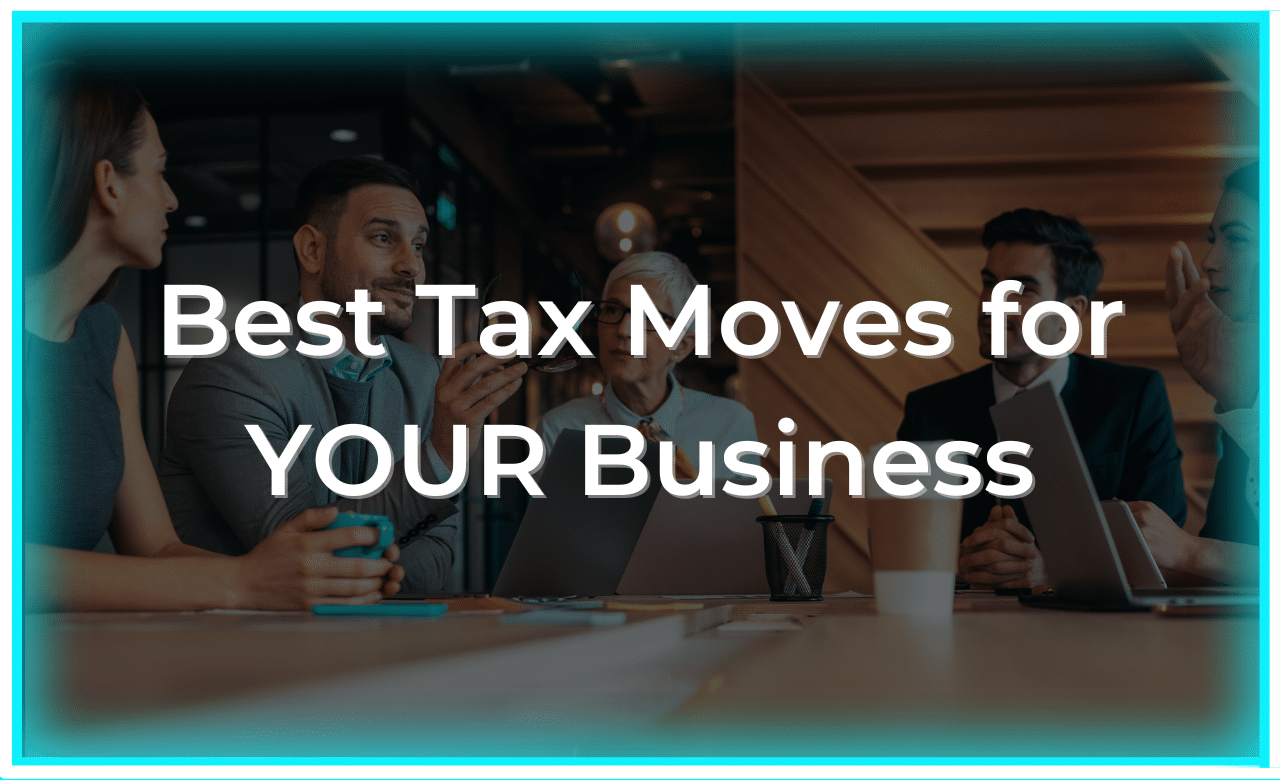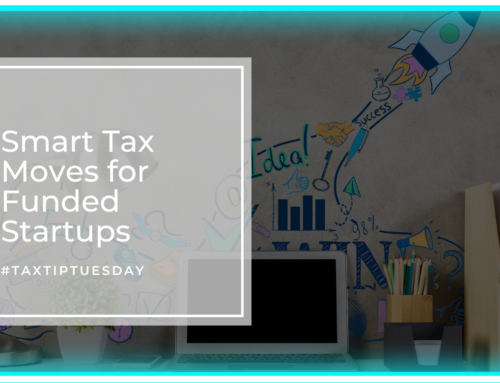Hi, I’m Bette Hochberger, CPA, CGMA. Choosing the right business entity is crucial for improving your tax situation. Different structures come with unique tax benefits and obligations. Here’s a quick guide on how to maximize your tax strategy based on your business entity type.
Sole Proprietorship
As a sole proprietor, your business income is reported on your personal tax return using Schedule C. This structure is pretty straightforward and offers several tax planning opportunities with the right strategies.
Tax Strategies:
– Home Office Deduction: If you use a portion of your home exclusively for business, you can deduct related expenses.
– Self-Employment Tax: Remember, you’re responsible for both the employer and employee portions of Social Security and Medicare taxes. Consider setting aside funds throughout the year to cover this.
– Retirement Savings: Contribute to a SEP IRA or Solo 401(k) to reduce taxable income.
Partnership
Partnerships file an information return (Form 1065), and profits or losses pass through to partners’ personal tax returns via Schedule K-1.
Tax Strategies:
– Guaranteed Payments: These can be used to compensate partners for services or capital provided, reducing partnership income.
– Expense Reimbursement Plans: Establish accountable plans to reimburse partners for business expenses, making these deductions available at the partnership level.
– Retirement Contributions: Partners can contribute to a SEP IRA or other retirement plans, reducing taxable income.
Limited Liability Company (LLC)
An LLC can be taxed as a sole proprietorship, partnership, S corporation, or C corporation, offering flexibility in tax planning.
Tax Strategies:
– Pass-Through Taxation: By default, single-member LLCs are taxed as sole proprietorships, and multi-member LLCs as partnerships. Consider electing S corporation status for potential tax savings on self-employment taxes.
– Deductible Business Expenses: Ensure all legitimate business expenses are deducted, including travel, meals, and home office expenses.
– Qualified Business Income Deduction (QBI): Take advantage of the QBI deduction, which allows eligible businesses to deduct up to 20% of qualified business income.
S Corporation
An S corp offers pass-through taxation while allowing business owners to pay themselves a reasonable salary, with remaining profits distributed as dividends.
Tax Strategies:
– Salary vs. Distributions: Pay yourself a reasonable salary to avoid IRS scrutiny and distribute remaining profits as dividends to potentially reduce self-employment taxes.
– Health Insurance Premiums: Deduct health insurance premiums for yourself and your family as a business expense.
– Retirement Plans: Establish a Solo 401(k) or SEP IRA to maximize retirement contributions and reduce taxable income.
C Corporation
C corps are separate tax entities and pay corporate income tax. They offer more tax planning opportunities but face double taxation on dividends.
Tax Strategies:
– Retained Earnings: Reinvest profits back into the business to avoid double taxation on dividends.
– Employee Benefits: Offer tax-deductible benefits like health insurance, life insurance, and retirement plans to reduce taxable income.
– Income Splitting: Split income between the corporation and shareholders to take advantage of lower tax brackets.
Non-Profit Organization
Non-profits are exempt from federal income tax, but they must adhere to strict regulations to maintain their status.
Tax Strategies:
– Tax-Exempt Status: Ensure compliance with IRS requirements to maintain tax-exempt status.
– Unrelated Business Income: Be cautious of income from unrelated business activities, as it may be subject to unrelated business income tax (UBIT)!
– Donor Contributions: Maximize fundraising efforts and take advantage of tax-deductible donations from supporters.
Selecting the right business entity and employing tailored tax strategies can significantly impact your tax liability and overall financial health. For personalized advice and to make sure you’re making the most of your tax situation, reach out to us. Let’s optimize your tax strategy together!
As always, stay safe, and I will see you next time.










